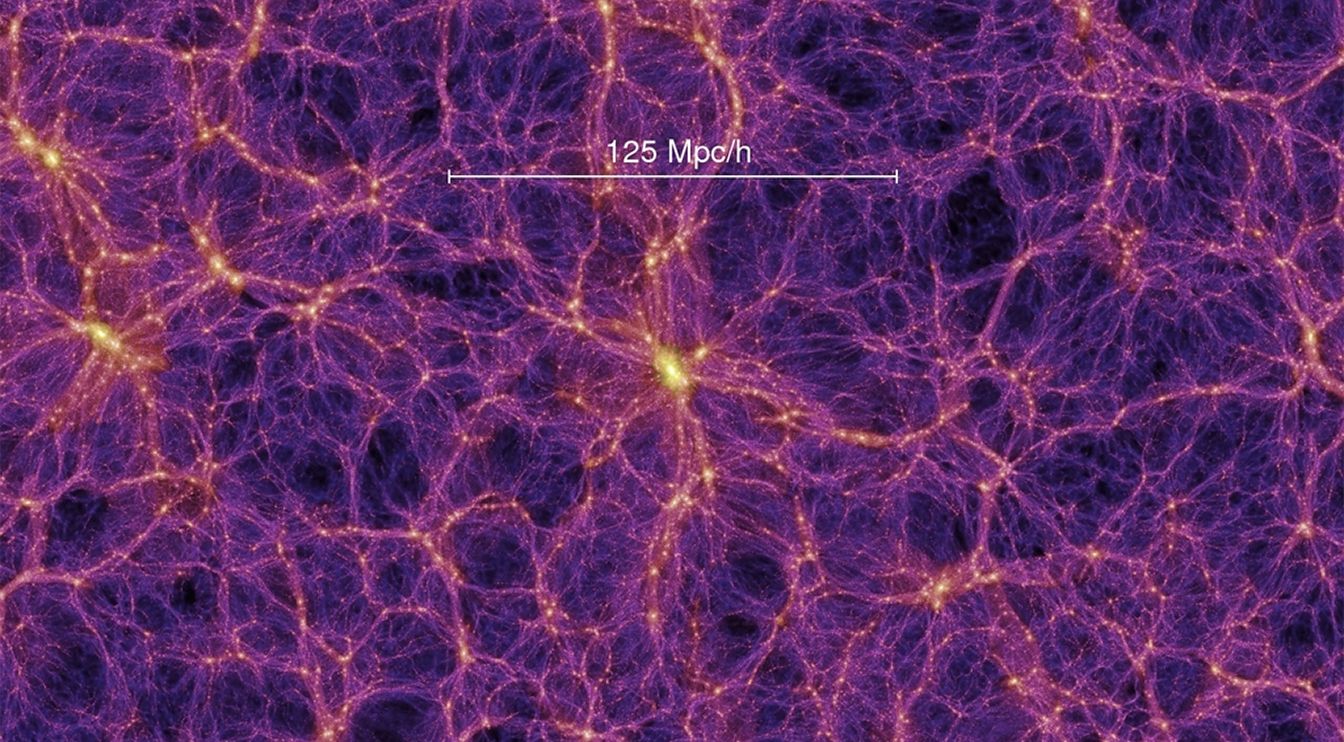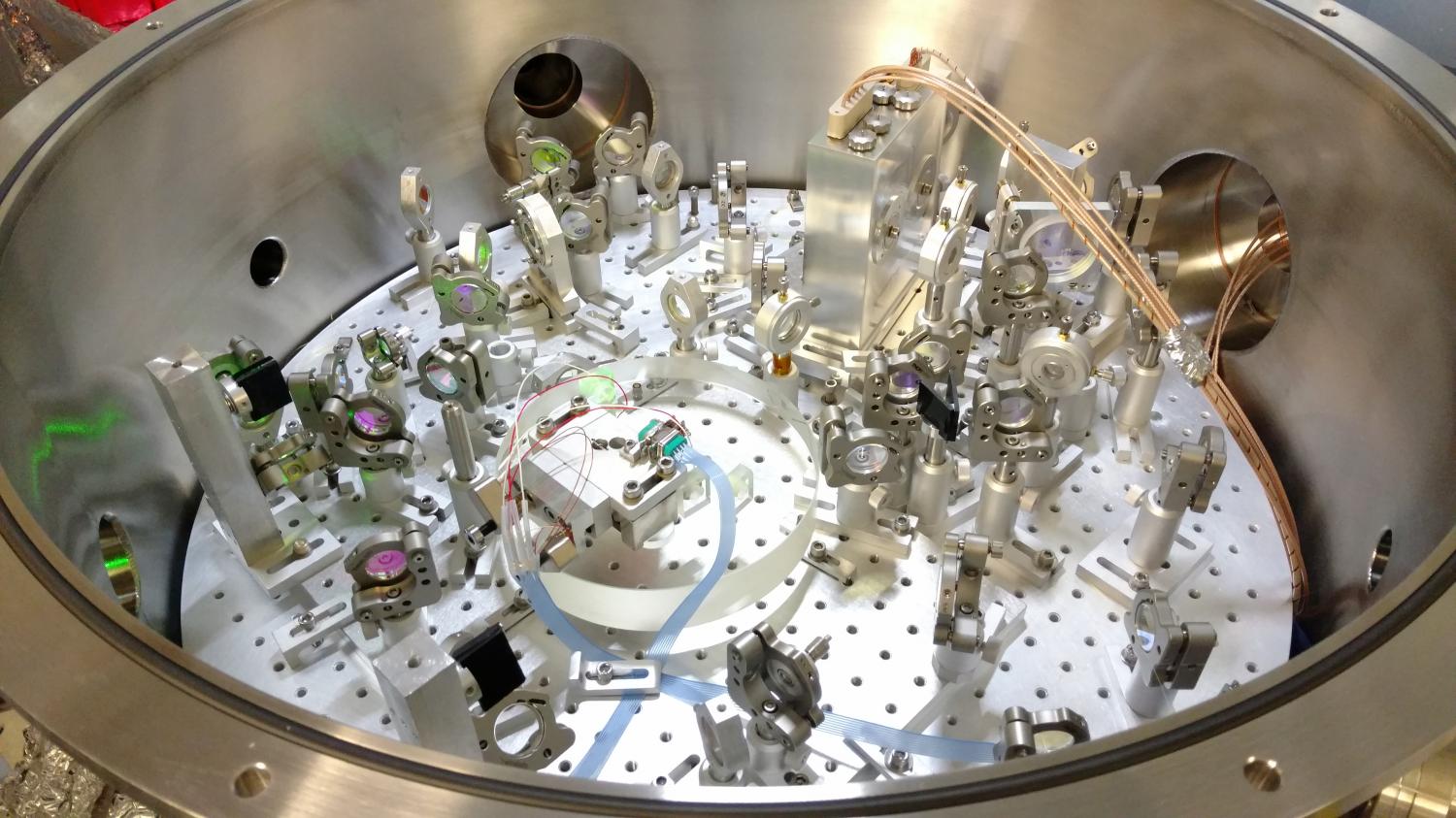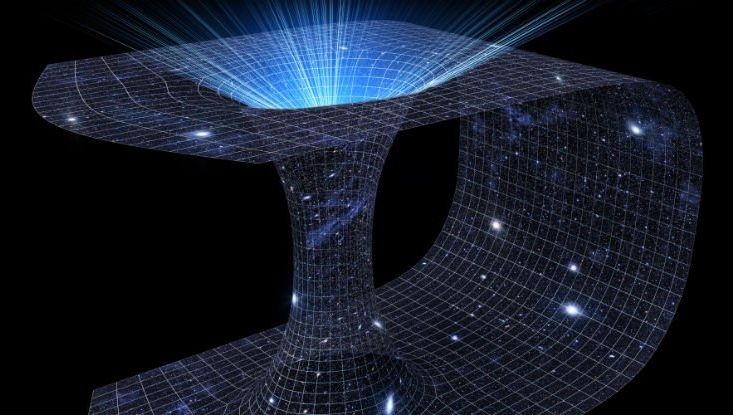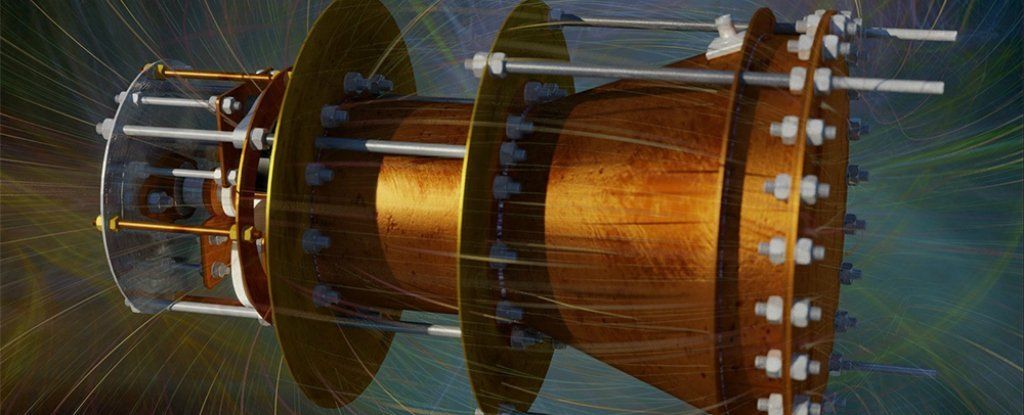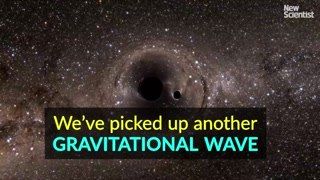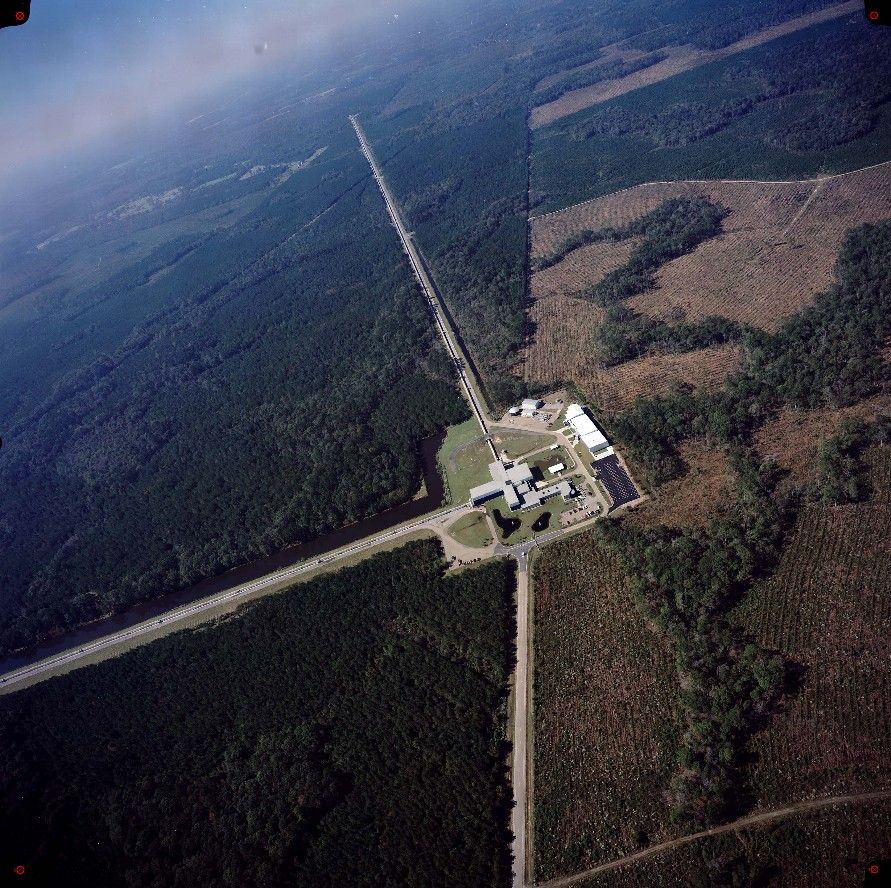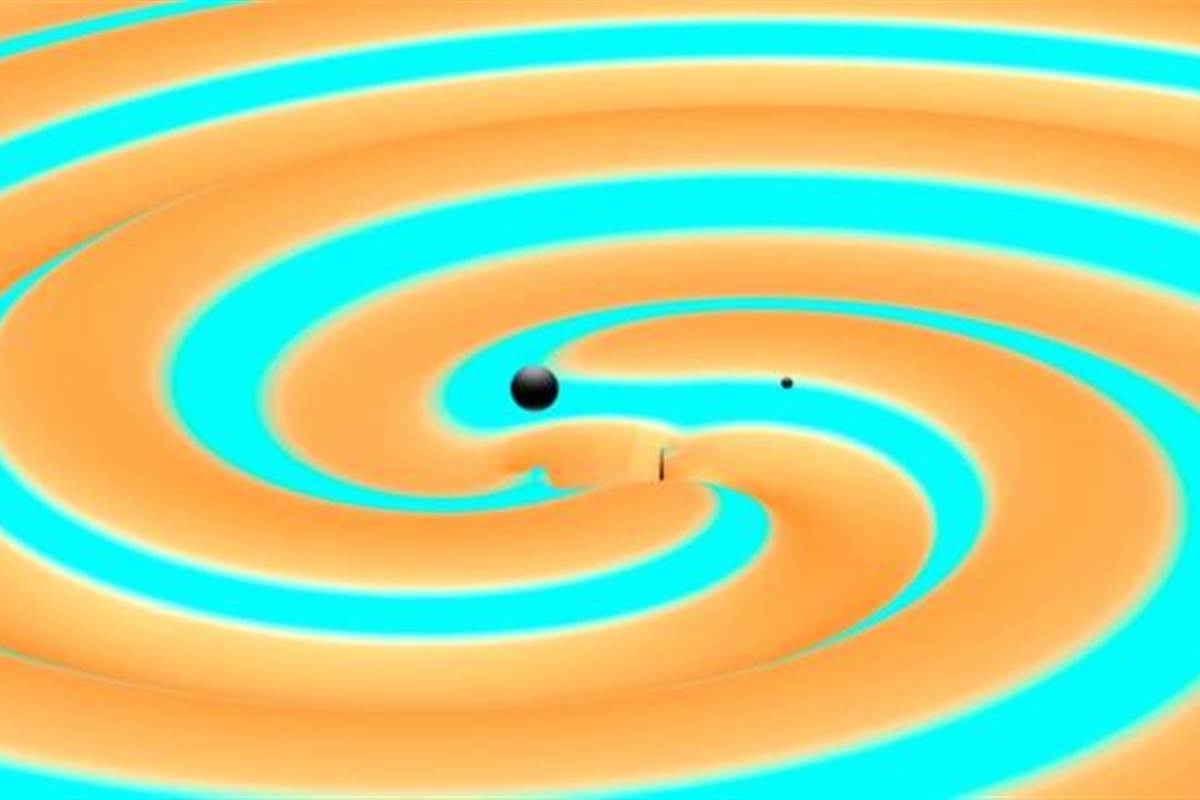Archive for the ‘physics’ category: Page 293
Jun 27, 2016
The universe is crowded with black holes, astronomers predict
Posted by Andreas Matt in categories: cosmology, physics
A new study published in Nature presents one of the most complete models of matter in the universe and predicts hundreds of massive black hole mergers each year observable with the second generation of gravitational wave detectors.
The model anticipated the massive black holes observed by the Laser Interferometer Gravitational-wave Observatory. The two colliding masses created the first directly detected gravitational waves and confirmed Einstein’s general theory of relativity.
“The universe isn’t the same everywhere,” said Richard O’Shaughnessy, assistant professor in RIT’s School of Mathematical Sciences, and co-author of the study led by Krzysztof Belczynski from Warsaw University. “Some places produce many more binary black holes than others. Our study takes these differences into careful account.”
Continue reading “The universe is crowded with black holes, astronomers predict” »
Jun 25, 2016
Science Council to make clear position on lifting military-linked research ban
Posted by Karen Hurst in categories: law, military, physics, science, security
Interesting.
The Science Council of Japan will make clear its position on military-linked research — possibly overturning a decades-long ban — by early next year, the academic group said Friday.
A committee of 15 academics from fields ranging from physics, political science to law held its first meeting to discuss whether to revise statements released by the council in 1950 and 1967 stating that the group will “never engage in military research.”
Continue reading “Science Council to make clear position on lifting military-linked research ban” »
Jun 23, 2016
“Computational Complexity and Fundamental Physics”
Posted by Karen Hurst in categories: physics, space
Sharing in case anyone is interested Prof. Scott Aaronson’s Computational discussion on “Complexity and Fundamental Physics”.
Summer continues, and the public lecture series on physics continues a pace at the Aspen Center for Physics with Dr. Catherine Heymans of the University of Edinburgh talking today on the “Dark Side of the Universe”.
The talk is part of one of the three workshops currently taking place:
Jun 23, 2016
Doubled sensitivity could allow gravitational wave detectors to reach deeper into space
Posted by Andreas Matt in categories: cosmology, physics
Researchers from the Massachusetts Institute of Technology (MIT) and Australian National University have developed new technology that aims to make the Advanced Laser Interferometer Gravitational-Wave Observatory (LIGO) even more sensitive to faint ripples in space-time called gravitational waves.
Scientists at Advanced LIGO announced the first-ever observation of gravitational waves earlier this year, a century after Albert Einstein predicted their existence in his general theory of relativity. Studying gravitational waves can reveal important information about cataclysmic astrophysical events involving black holes and neutron stars.
In The Optica l Society’s journal for high impact research, Optica, the researchers report on improvements to what is called a squeezed vacuum source. Although not part of the original Advanced LIGO design, injecting the new squeezed vacuum source into the LIGO detector could help double its sensitivity. This would allow detection of gravitational waves that are far weaker or that originate from farther away than is possible now.
Jun 17, 2016
Physicists say they’ve figured out how to ‘see’ inside a black hole
Posted by Andreas Matt in categories: cosmology, physics
Physicists have come up with a new way to predict what lies beyond the event horizon of a black hole, and it could give us a more accurate idea of their mysterious internal structures.
Thanks to the first — and now second — direct observation of gravitational waves emanating from what scientists think are black hole mergers, we’re starting to get our first real evidence that black holes do actually exist in reality, not just theory.
But even if we can prove they really do physically exist, there’s no getting around the fact that, thanks to their enormous gravitational pull, black holes swallow up anything that falls beyond their event horizon.
Continue reading “Physicists say they’ve figured out how to ‘see’ inside a black hole” »
Jun 16, 2016
New paper claims that the EM Drive doesn’t defy Newton’s 3rd law after all
Posted by Andreas Matt in categories: physics, space travel
Physicists have just published new calculations that suggest the controversial EM drive — or electromagnetic drive — could actually work, and doesn’t defy Newton’s third law after all.
In case you’ve missed the hype, here’s a quick catch-up: a lot of space lovers are freaking out about the EM drive because of claims it could get humans to Mars in just 10 weeks, but just as many are sick of hearing about it, because, on paper at least, it doesn’t work within the laws of physics.
Despite that not-insignificant setback, the EM drive shows no signs of quitting, and test after test — including trials by NASA scientists at the Eagleworks lab, and an independent researcher in Germany — has conceded that the propulsion system, somehow, does produce thrust.
Continue reading “New paper claims that the EM Drive doesn’t defy Newton’s 3rd law after all” »
Jun 15, 2016
We’ve picked up another gravitational wave
Posted by Shailesh Prasad in category: physics
Jun 15, 2016
Did gravitational wave detector find dark matter?
Posted by Andreas Matt in categories: cosmology, information science, mathematics, physics
When an astronomical observatory detected two black holes colliding in deep space, scientists celebrated confirmation of Einstein’s prediction of gravitational waves. A team of astrophysicists wondered something else: Had the experiment found the “dark matter” that makes up most of the mass of the universe?
The eight scientists from the Johns Hopkins Henry A. Rowland Department of Physics and Astronomy had already started making calculations when the discovery by the Laser Interferometer Gravitational-Wave Observatory (LIGO) was announced in February. Their results, published recently in Physical Review Letters, unfold as a hypothesis suggesting a solution for an abiding mystery in astrophysics.
“We consider the possibility that the black hole binary detected by LIGO may be a signature of dark matter,” wrote the scientists in their summary, referring to the black hole pair as a “binary.” What follows are five pages of annotated mathematical equations showing how the researchers considered the mass of the two objects LIGO detected as a point of departure, suggesting that these objects could be part of the mysterious substance known to make up about 85 percent of the mass of the universe.
Jun 15, 2016
It Wasn’t a Fluke — Scientists See Black Holes Collide Again
Posted by Dan Kummer in categories: cosmology, physics
Scientists have seen two black holes crash into each other and merge for the second time, proving Albert Einstein was right and showing the first observation was no fluke.
Ultra-sensitive instruments called the Laser Interferometer Gravitational-Wave Observatory (LIGO) detected the ripple in gravitational waves that came across space and time to Earth last December, the team reported Wednesday.
